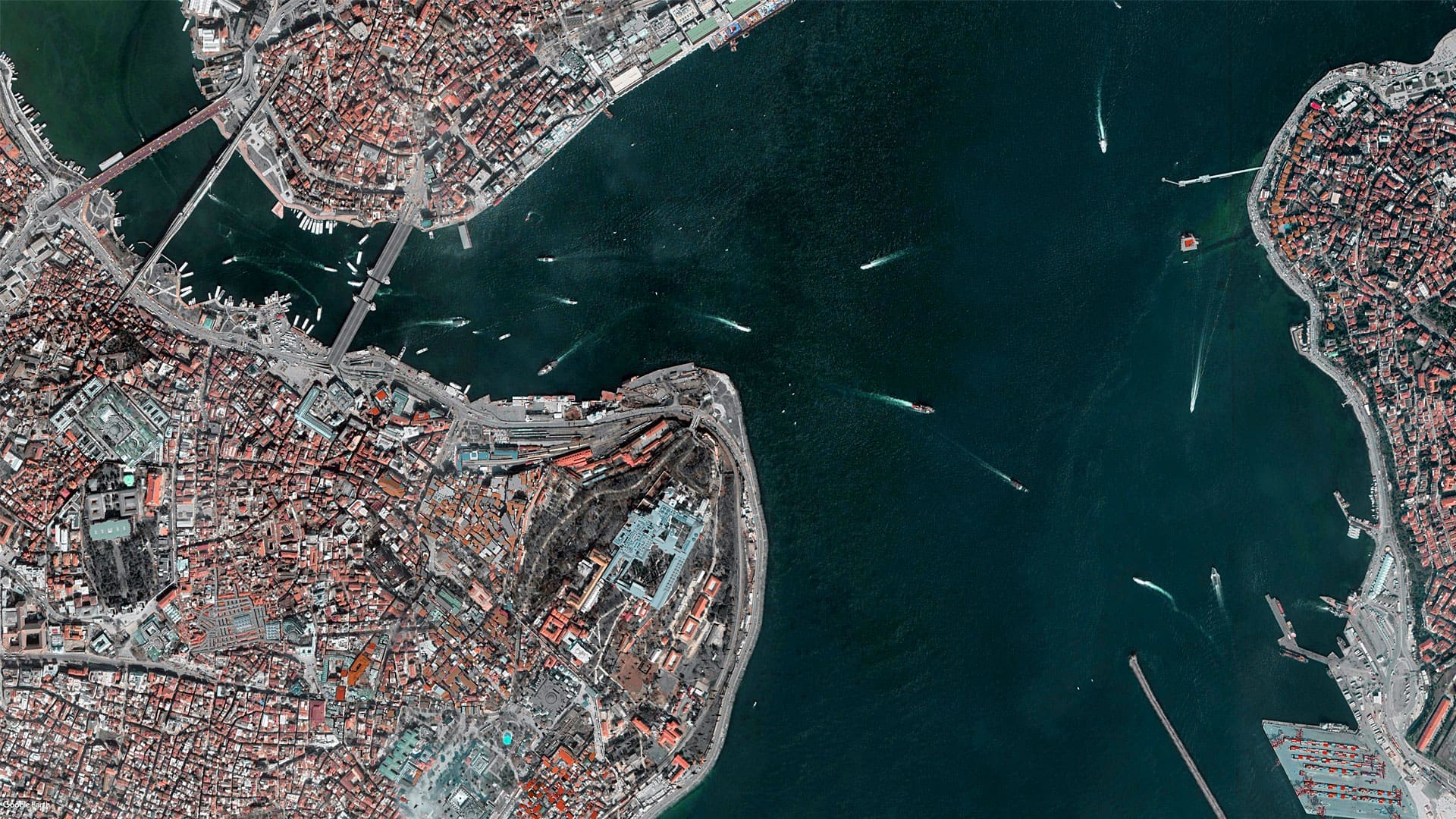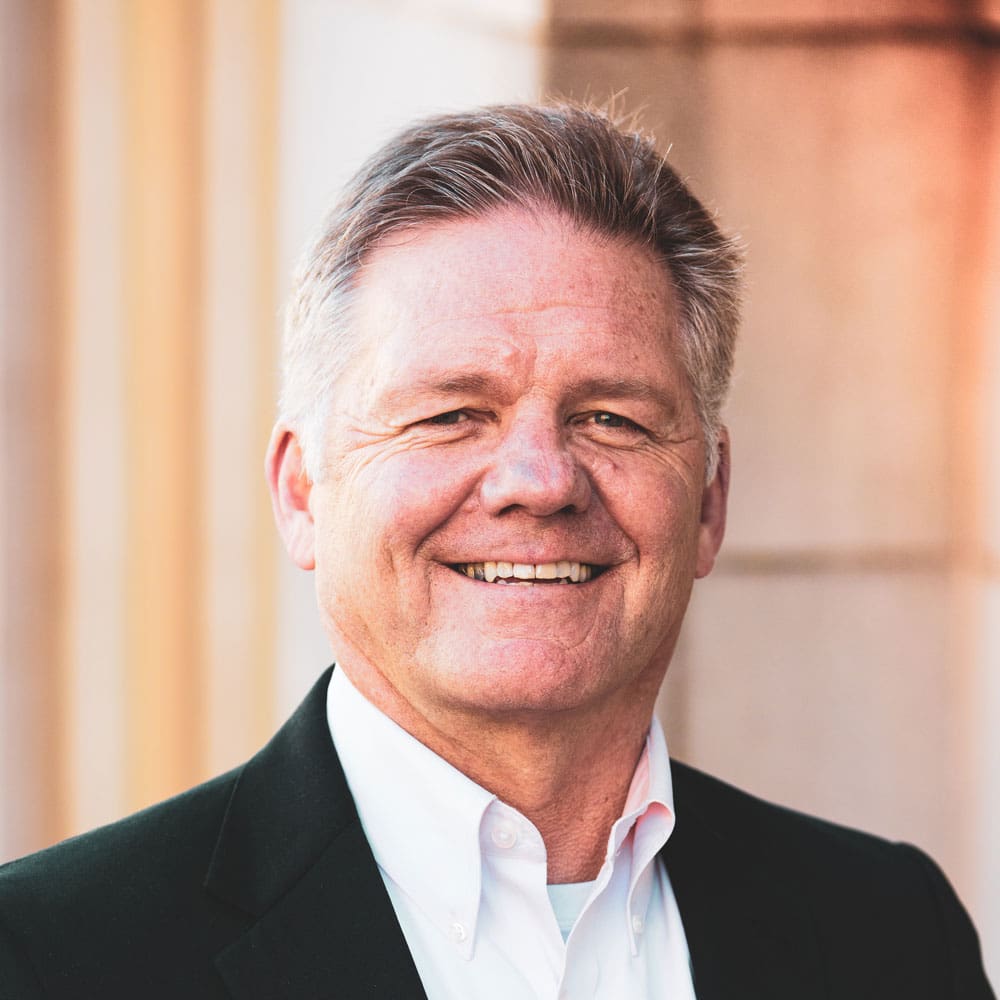T
Leadership is not an affair of the head. Leadership is an affair of the heart.
—James Kouzes and Barry Posner, The Leadership Challenge
There is a line in the film Gladiator that has come to inspire my days. It’s spoken early in the picture, soon after the victory of Maximus Decimus Meridius in Germania and shortly before the death of Emperor Marcus Aurelius. Aware of his son’s incapacity to succeed him as leader, the emperor asks Maximus to take his place as lord protector of Rome. Maximus balks at the request, wherein the two begin a discussion of the city itself: what it was, what it had become, and what it could be. Marcus Aurelius, aware that without some decisive action Rome will not make it through the winter, expresses his thoughts to Maximus: “There was once a dream that was Rome. You could only whisper it. Anything more than a whisper and it would vanish; it was so fragile.”
The choice of leadership—how each one of us leads and who we gravitate toward to lead us—is of subtle but critical importance. Will we choose leadership that is muscular and gratuitous? Or will we choose leadership that is deeply centred and divinely choreographed?
Non-reactive leadership is a paradigm that helps answer this question. In the words of Robert Terry, non-reactive leadership “is the courage to call forth authentic action in the commons.” What follows is a portrait of its cast.
The Grammar of Desire
“Text without context is pretext,” says theologian D.A. Carson. There are two dominant realities that face today’s leaders. Without a clear understanding of these realities, reaction and counter-reaction become the daily see-saw.
The first reality is anthropological in nature: How does one explain how humans become human?
The second reality is demographic: 56 percent of the world’s population currently lives in urban areas, and 66 percent is expected to live in cities by 2050. Which norms and institutions we create to support this reality will be a choice that will ripple outward to shape social and organizational assumptions far beyond a dense downtown, far into the future.
Our responses to being human in light of our urban world—in relating to new neighbours, new economies, novel ways of addressing wicked problems—are constantly shifting and shaping our sense of self. We are, after all, imitating creatures, each one of us constituted by another’s desires.
French philosopher René Girard recognized the implications of our imitative nature early on in his career. Gleaning from breakthrough insights of history’s great anthropologists, novelists, and religious traditions, Girard unravelled a thread that is as awe-inspiring as it is frightening: Our powerful knack for imitation holds the greatest promise for humankind even as it could be the mechanism for our undoing.
Girard used the word “mimetic” to describe our imitative capacities. His theory is that those innermost desires that we believe are so uniquely ours are actually borrowed; they are someone else’s desires. It is these borrowed desires—desires that we unconsciously learn from someone else—that give us identity, that form who we are as individuals. Our sense of “I” is really a composite “we.”
The nursery room provides a classic example of this principle at play. How is it that two children, surrounded by a multitude of toys, will almost always end up fighting over the same one? Each child will be convinced that they saw it first, completely unaware that the only reason they are interested in the toy in the first place is the modelled desire of the other child.
We see this also on Madison Avenue. Top marketers go to elaborate lengths to ensure that whatever product being hawked is put into the most appealing model’s hand. We desire an object like a car, a coat, a cognac, not because of its intrinsic worth, but because the desire for that object has been modelled for us by someone else. Our desire to be like the car-driving, coat-wearing, cognac-sniffing model is what fuels our desire for those objects—not the other way around.
Three ramifications follow from this grammar of mimetic desire.
First, as human beings we are shaped by our relationality long before our rationality. Beneath our awareness, we are constantly looking to models to inform who we are. Those objects that we think so entirely important are, in fact, completely incidental to our formation. It is not the object recommended by the model that we ultimately find ourselves drawn toward but the model herself, for she is capable of conferring an even greater sense of identity.
We are shaped by our relationality long before our rationality.
The second ramification of inhabiting a mimetic world is that human violence is not a result of our differences, but of our likeness. According to Girard, as subject and model are drawn closer to one another by imitation, their potential for falling into rivalry and violence escalates. Whether we are able to recognize it or not, it is our powerful imitative tendencies that are constantly pushing us into becoming rivals with one another. So much of the violence that shackles our common life is the result of reactive gestures that are fuelled less by the object we think we are fighting over than the person who bears too much resemblance to ourselves. In the heat and havoc of life, a mimetic understanding of our tendency toward rivalry can clarify what is actually at stake: our sense of identity being worked out over and against the issue we imagine we are engaging.
The third ramification the mimetic insight unveils is our disturbing tendency toward scapegoating. We are forever being wrapped around the axles of one another’s lives, and we don’t like facing up to the real and complex issues of our imitative desires. Time and again, human communities have resorted to sacrificing an innocent victim in order to reconcile their differences and smooth over rivalries. We find and blame a third party—a foreigner, a refugee, a minority, a woman—that can justify our entitled resentments.
So much of the violence that shackles our common life is the result of reactive gestures that are fuelled less by the object we think we are fighting over than the person who bears too much resemblance to ourselves.
A few years ago, the organization that I serve—Leadership Foundations—was given the opportunity to work with the Bridgespan Group, one of the leading non-profit consulting firms in the country. Their task was to help us develop a plan to get to the next stage of our organization’s growth and development, and they believed this required a network-wide theory of change. There was just one problem: Leadership Foundations is built on the theological idea that cities are living and breathing organisms. Because Delhi is different from Dallas, Memphis dissimilar to Maputo, and Pittsburgh distinct from Pretoria you can’t afford to become prescriptive through a particular program or product (water, food, youth, etc.). Rather, what needs to be articulated is a process of how all local leadership foundations might approach their respective city while retaining the freedom to create an innovative programmatic response.
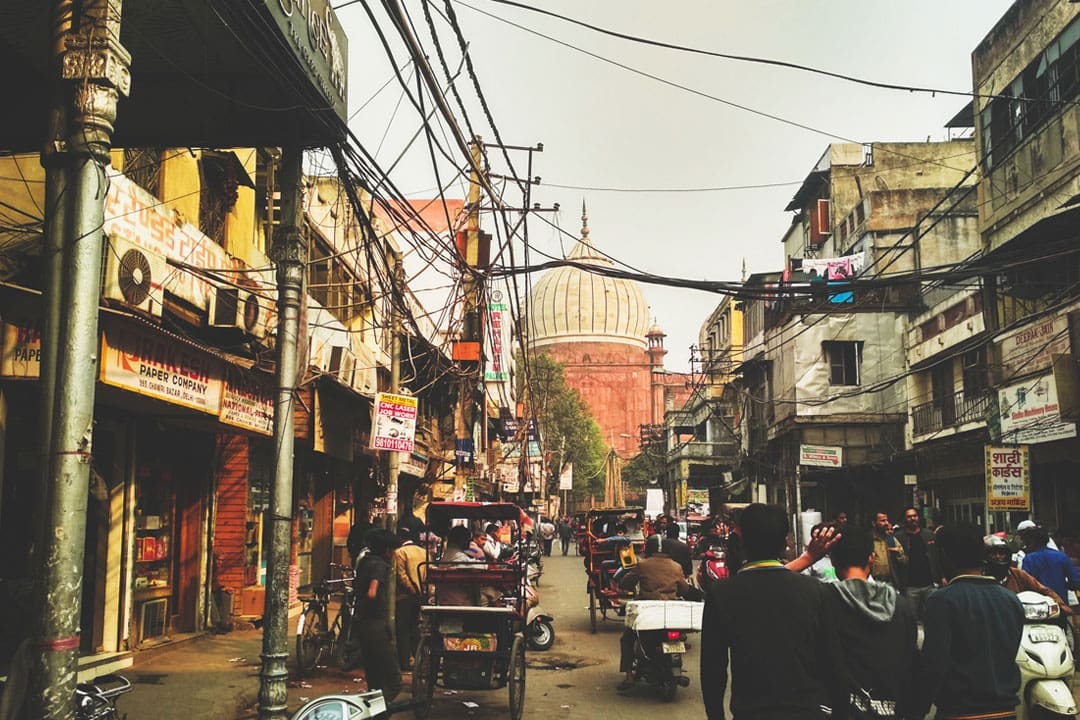
Delhi. Image: Aquib Akhter
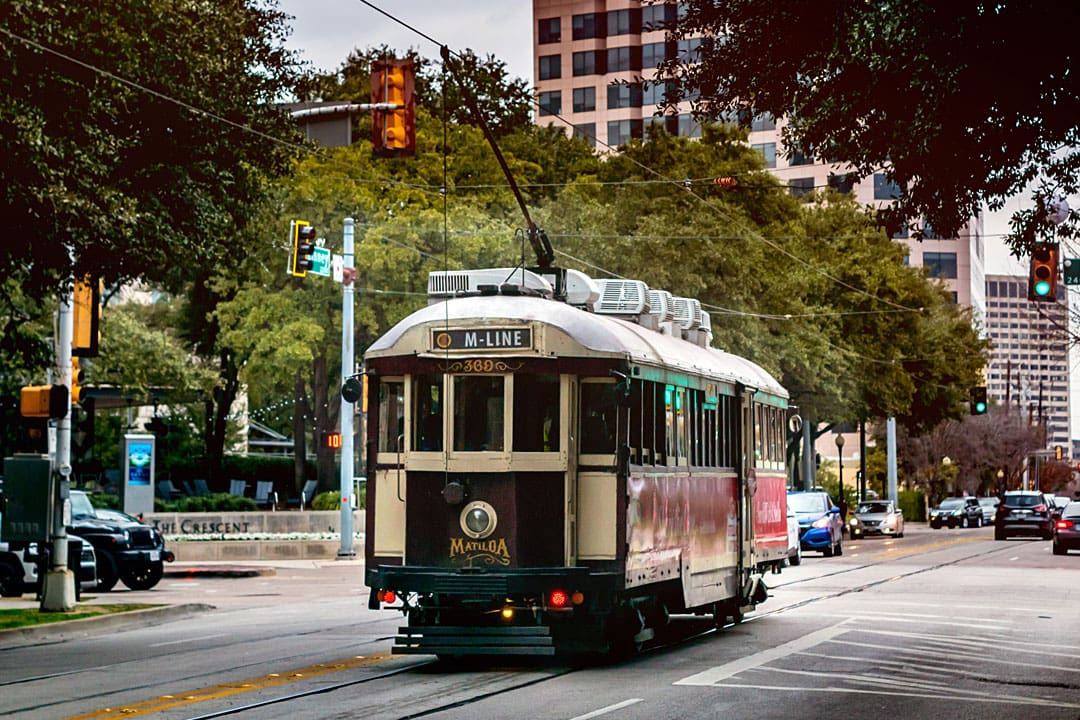
Dallas. Image: Gabriel Tovar

Memphis. Image: Joshua J. Cotten
At the time of our partnership with Bridgespan, there were over seventy local leadership foundations that made up the LF Global Network. Moreover, these seventy possessed a breathtaking array of heterogeneity: different contexts, different understandings of the Scriptures, different modes of governance, different generational attitudes, different languages. As one Bridgespan colleague mentioned, “This feels a lot like herding cats.”
Through a series of taskforces, member meetings, and one-on-one conversations, a theory of change slowly began to emerge that would do two things simultaneously: create a process that all local leadership foundations were required to use for their work in their respective city and allow for the necessary freedom to decide what their respective context demanded by way of programmatic response. Slowly but surely we made progress toward both, but not without learning some remarkable things about non-reactive leadership amid highly charged content and puissant personalities.
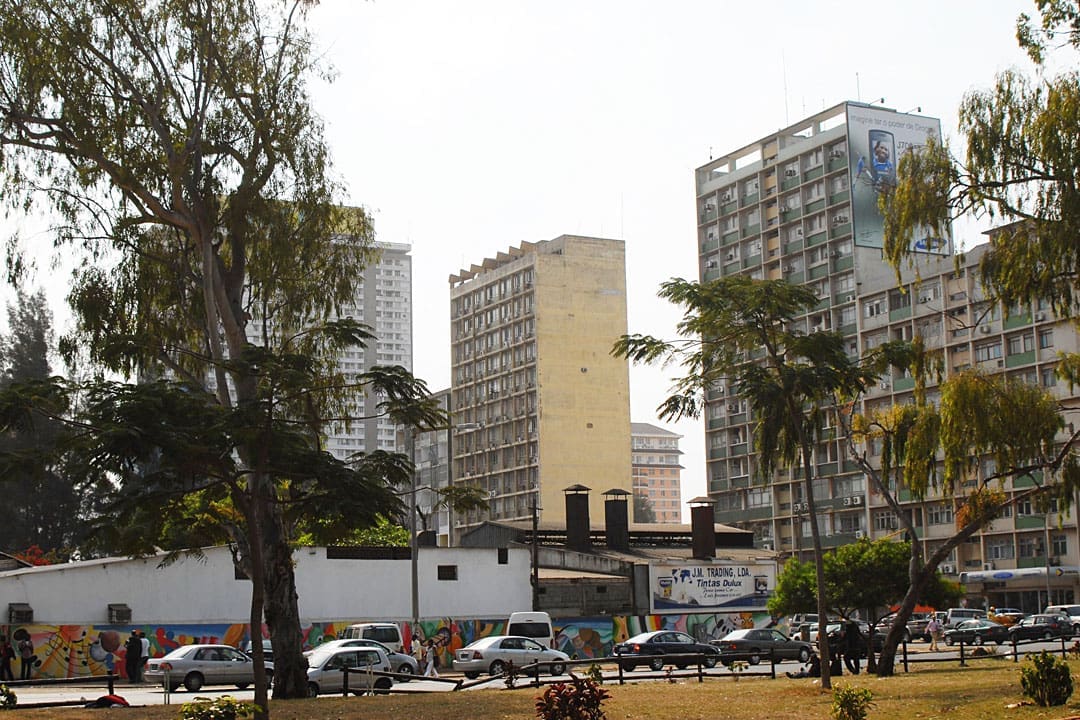
Maputo. Image: F. Mira

Pittsburgh. Image: R.D. Smith

Pretoria. Image: Vladimir Varfolomeev
We relearned that regardless of how rational we thought our argument was, we were first at the table as relational beings. We remembered—somewhat painfully—that the majority of disagreements were attributable not to these insurmountable gaps that sat between us but rather to the passion we carried for the things we held in common, albeit in different ways. And by recognizing the impulse in each one of us to scapegoat when our contribution was disregarded, we were able to move to places of grace and service to each other.
This choosing or not choosing to “face up”—are we willing to admit to our mimetic nature?—is the decision that will determine whether our leadership remains stuck in the reactive cycle—or becomes a form of non-reactive leadership, one that opens up exciting new and creative possibilities for humankind. As James Baldwin noted, “Not everything that is faced can be changed, but nothing can be changed until it is faced.”
Cities: The Home of Ignatius
Girard’s theory of mimesis transcends any particular place. It can be found in a home, a hamlet, a village, a town, a suburb, or a city. However, our tendency toward mimesis increases exponentially in cities because we have more models to imitate, and desires of all kinds proliferate. As Jane Jacobs noted many years ago, “There is no logic that can be superimposed on the city; people make it, and it is to them, not buildings, that we must fit our plans.”
For thousands of years, cities have been the gathering places where human beings have sought protection, been exploited, taken chances, brought innovations, and met despair. Nowhere else on earth have hope and death, love and spite, promise and catastrophe more closely comingled.
We’ve run toward, escaped from, navigated through, circumvented, and hidden ourselves within the human city—for good and for ill. But while we are inclined toward isolation—creating artifices of grandiosity and self, constantly building our little kingdoms of certitude and separation—we are also drawn inexorably toward one another. And the city provides ample opportunity for meeting.
In acknowledging this urban reality, it should not surprise us that learning how to embrace the city should be a long project, fraught with hazards and setbacks. Cities promise much and routinely disappoint us. Still less should it surprise us that humanity is still trying to understand what a city is, why we seek it or avoid it, how to treat it, what it’s for. Is the city an accident or a necessary evil? Is it a useful means to a preferred end? Should we seize it, conquer it, grit our teeth and bear it? Escape it for a faraway post in some empty countryside, exchanging the din of car alarms for the companionable chirping of crickets?
Or is the city our home? A home in need of a skillful and graceful homemaker we have not yet learned to be? Is it to be a place where we can find models that help us learn how to make friends, extend and receive grace, accomplish important tasks, and live together as the neighbours we were designed to be? If so, should we not then commit ourselves to the city’s care and to the blessings it holds?
How we answer this question—is the city our home?—will be one of the determining factors in whether our leadership remains reactive or becomes non-reactive. Because if it’s a home, it becomes a place of respite, where one has a level of comfort to rest, experiment, and play. In a word, it becomes non-reactive.
Thankfully we have women and men littered throughout our history that have shown us what it means for the city to be our home.
One such model is found in a saint from the sixteenth century, Ignatius of Loyola, founder of the Society of Jesus, or, as they’re better known today, the Jesuits. Ignatius was a genius innovator: With a keen psychological understanding of the role of desire in the interior life, he figured out how a relationship with God could be curated and sustained by developing contemplative tools that he organized into the Spiritual Exercises. And he is to be credited with the theological instinct that one of the ramifications of the incarnation is seeing a world where “God is in all things.” However, and for the purpose of this reflection, it was Ignatius’s grasp of the sociological importance of cities combined with his original sense of spirituality that set him apart from other spiritual leaders.
Whereas the desert or wilderness was the destination of most religious people at the time, Ignatius and the Jesuits largely inhabited cities. Ignatius understood that the city created a unique context that required a particular spirituality. A spirituality as robust as the city herself. It was from here that Ignatius created one of his most remarkable insights: that the chief enemy of the soul is not what was commonly understood as matters of the flesh, but rather “inordinate attachments” that restrict us from the freedom God intends for us. We overly fasten onto things, people, experiences (even good things, good people, and good experiences) that keep one’s soul from becoming what God intended. In short, Ignatius recognized that cities would become a perfect place to develop inordinate attachments if there was not a spirituality of equal heft. He was already intuiting, by way of his mission, Girard’s anthropological discovery many years later: that it is our inability to become agents that are free that is the primary source of our reactivity. Through it all Ignatius was able to answer the critical question about the city: it became his home.
It is our inability to become agents that are free that is the primary source of our reactivity.
How Can I Be Free?
“Neither reactive churches nor reactive organizations can be part of the sign of the beginning of a gathered humanity reconciled with God,” wrote Fr. James Alison, a Catholic priest and interpreter of Girard. “The fact is that the meaning of the Gospel, the life of God, the sense of the Spirit, is never to be found in reactive spaces. It is always and only found in the hard-won space where rivalry has broken down and forgiveness emerges.”
The import of these words cannot be overstated. If what Alison is saying is true, then the divine, and our collective access to it, will only be seen, tasted, and experienced by people who are enveloped in leadership that is increasingly non-reactive. This, in turn, leads to the engagement of three critical questions that sit at the foundation of non-reactive leadership: How can I be free? How am I connected? How can I see?
Non-reactive leadership is shaped in hard-won places because what hangs in the balance is our freedom. The perceived lack of freedom we so often experience is characterized by a baseline sense of anxiety, or what Kierkegaard hints at when he describes anxiety as being the “dizziness of freedom.” We get anxious when we sense our freedom is in jeopardy. Without the belief that we can exercise agency, all leadership becomes a reaction against something rather than a choice for something. In his Second Letter to the Corinthians, the apostle Paul simply says, “Where the Spirit of God is, there is also freedom.” The movement of God that is always drawing us toward a place of freedom—both interior and exterior—is most accessible when we are non-reactive. When we are free to consider options, look at scenarios, and discern patiently and even playfully what might be best.
Without the belief that we can exercise agency, all leadership becomes a reaction against something rather than a choice for something.
One of the substantive issues that an urban mimetic world creates is a place in yourself that is anxious to please the crowd in front of and around you, to gain the approval of others. That place that will do just about anything to try to escape the deep sense of illegitimacy that most leaders carry within themselves. The net effect on our leadership is that through these mimetic fasteners we are unable to access the one thing most critical to effective leadership: freedom. Leadership that is non-reactive is a leadership that engages the hard-won space to see that ultimate value comes from a source much deeper and unshakable—one that is much different from the whims of the crowd.
This source, which is the unquenchable, unconquerable, and unmerited grace of God, takes shape as we engage the hard-won spaces in our life that, in turn, release those realities binding us without mercy. Ultimately what begins to develop, sometimes excruciatingly slowly, is a non-anxious presence that provides a freedom untethered from the approval of others.
Holiness: How Am I Connected?
Rivalry is broken down in non-reactive leadership when you are increasingly able to become more holy. Holy, I mean, in the sense of seeing things holistically. It should be added that the word “holy” is one that carries so much religious baggage that we have become a bit allergic to it. It has largely been limited to the realm of morality. And while morals are important, to be holy is a much larger project and terribly exciting when properly understood. To be holy in the biblical sense is to be separated from those things that block, inhibit, or blind our sightlines. These can range from the relational to the societal, the emotional to the psychological, the religious to the secular. Holiness puts us in a place to see the proper relationship of all things: their inherent connections, similarities, patterns, and contexts. Holiness in this sense is what we witness in the prophet’s encounter with God in Isaiah 6. God is described as holy three times, and then, as a result of this encounter, an unfolding takes place in which Isaiah is able to accurately see himself (a man of unclean lips), his call (go and send me), his message (go tell the people), and the outcome (a holy seed will be the stump in the land). To be holy is to sense the through-line of how everything connects.
What the urban-mimetic world fosters is a separation that moves us to a place of rivalry and blinds us to the connectedness of all things. Rivalry cloaks itself under the guise of winners and losers, good and bad, in and out, and zero-sum in service to the ubiquitous nature of efficiency that woos us into believing that the way to get something done is to break it apart. But perhaps the most pernicious reality of rivalry is that it becomes ingrained in our understanding of self. We do not perceive who we are apart from the rival we have created, whether real or imagined. We cannot see the connections that surround us.
Away from Apocalypse and Toward Eschatology: How Do I see?
Trappist monk Thomas Merton was known to make the following distinction. When we see with apocalyptic eyes, we are seeing in a way that responds to what is right in front of us—in other words, reactively, out of fear for what we think the future holds. When we see with eschatological eyes, we see with the eyes of hope. Seeing with eschatological eyes does not paper over the harsh realities we’re experiencing in our day-to-day lives, on our city streets, or in our quarantined communities. But nonetheless we can imagine and envision hope in a way that brings our reality into sharper focus—that can envision the fullness of creation within our reach.
Non-reactive leadership allows for this resurrection of sight to move from an apocalyptic way of seeing to an eschatological way of seeing because when one sees eschatologically one understands oneself to be forgiven. Unforgiveness—that noxious brew of seething resentments as a result of unfilled entitlements topped off with a dash of victimization—births reactivity. In fact, to not react and not see things apocalyptically in this context could be perceived as irresponsible.
In a powerful contrast, the non-reactive leader has received his or her sense of self through the act of forgiveness. Forgiveness provides a kind of reset that allows for all the unnecessary relational fog to clear, allowing us to see. Importantly, the act being asked of us has already been accomplished on our behalf: we are to forgive as we have already been forgiven. It is through forgiveness of self, others, and institutions that seeing eschatologically—seeing with hope—can begin to emerge and shape our leadership.
God Loves Adverbs
Jesus said something that captures the weight of this non-reactive reality of leadership in the Sermon on the Mount in Matthew 5:16. “In the same way, let your light shine before others, so that they may see your good works and give glory to your Father in heaven.”
In Greek there are two words for good: agathos and kalos. Agathos is being good in character or constitution, beneficial in effect. Kalos, on the other hand, assumes being good, but places the emphasis on how well something adapts to its circumstances or ends. Kalos says yes, do the good thing, but more importantly, do it in a goodly way. In reading this text one anticipates that Jesus will reach for agathos: Do the right thing, the good thing, the moral thing, and God will be praised in heaven. But in fact Jesus uses kalos: Do the good thing, but what will actually bring glory to God in heaven is the goodly way in which you do the good thing.
God loves adverbs. The crisis afflicting leadership today is a forgetting of goodliness. And what hangs in the balance is nothing less than that fragile dream for our cities, communities, and institutions to become better.

